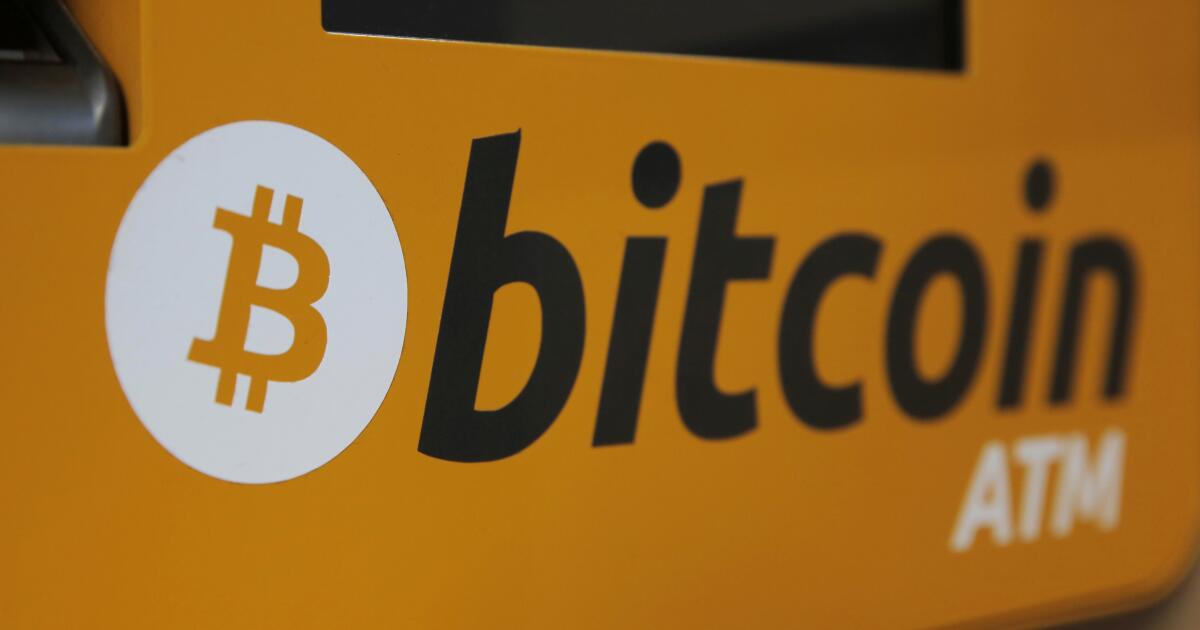New California law limits cash to crypto at ATM machines at $1000 per day per person and also the fees that can be imposed by the machines.
The industry says this will hurt the business, hinting that they’re profiting from the lack of KYC policies
I don’t see any legitimate use from those machines. Who would have a legit need to exchange $15k from cash to crypto at 33% fees???



First, that’s not how crypto blockchains work. A “wallet” holds the private key to a bunch of possible addresses (2128 for Bitcoin, or something around that, arguably up to 2160, or technically infinity, depending how you look at it), there is no way to know whether two addresses belong to the same “wallet” until they get spent (transactions signed by the same key), and transactions get recorded between specific addresses, not wallets.
In an ideal world, people would never use the same address twice, always creating a new one… but people gonna people, so they started reusing addresses, publishing them along their personal data and photos on the web, shoving all that data into the hands of exchanges, and stuff like that. Bye-bye anonymity, hello traceable pseudonymity.
Still, fungibility means an address can receive coins from multiple others, then send them on without marking where each came from, so the more times coins get fused and split across more addresses and transactions, the harder it is to prove a given amount came from a given address some transactions away.
Monero takes that a few steps farther, and forces every user to use crypto as it was originally intended:
Meaning:
You can check that here:
https://localmonero.co/blocks/
Pick any block, any transaction, try figuring out who had control over the coins before the transaction, what is the target’s balance, or even how much got sent to where.
If a single address gets de-anonymized:
If a whole wallet gets captured and de-anonymized: